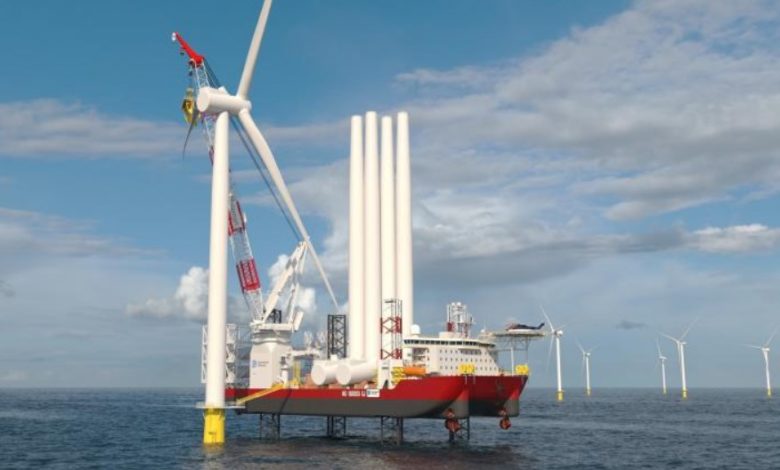BOEM issues environmental impact statements for two proposed wind projects off Atlantic coast

The US Bureau of Ocean Energy Management (BOEM) this week published two draft environmental impact statements (EISs) for offshore wind projects: the Coastal Virginia Wind (CVOW) project and the Sunrise Wind project. BOEM is seeking public input on the statements.
The notice of availability for the draft EISs will be published in the Federal Register on December 16, which will open a 60-day public comment period that will end on February 14, 2023. The input received via this process will inform preparation of the final EIS for each project.
The proposed CVOW project location is on the US outer continental shelf (OCS) approximately 24 nautical miles (nm) east of Virginia Beach, Virginia. The project could provide up to 3,000 MW of energy.
Dominion Energy submitted a construction and operation plan (COP) for its proposal to develop the CVOW project that includes up to 205 wind turbine generators (WTGs) and their associated offshore and onshore export cables. BOEM will use the findings of the EIS to inform its decision on whether to approve the CVOW COP and, if so, what mitigation measures to require.
The proposed Sunrise Wind project offshore New York, Massachusetts and Rhode Island could provide up to 1,034 MW of energy. The two projects are the fourth and fifth at this stage of regulatory review by BOEM.
Sunrise Wind LLC submitted a COP for its proposal to develop a wind energy facility that includes up to 94 WTGs and their associated export cables. The onshore export cables, substation and grid connection would be located in Holbrook, New York. Again, BOEM will use the findings of the EIS to inform its decision on whether to approve the Sunrise Wind COP.
During the comment period, BOEM will hold virtual public meetings for each of the projects, at which the public can learn more about the review process, the EIS schedule, potential impacts from the proposed projects and proposals to reduce potential impacts.
